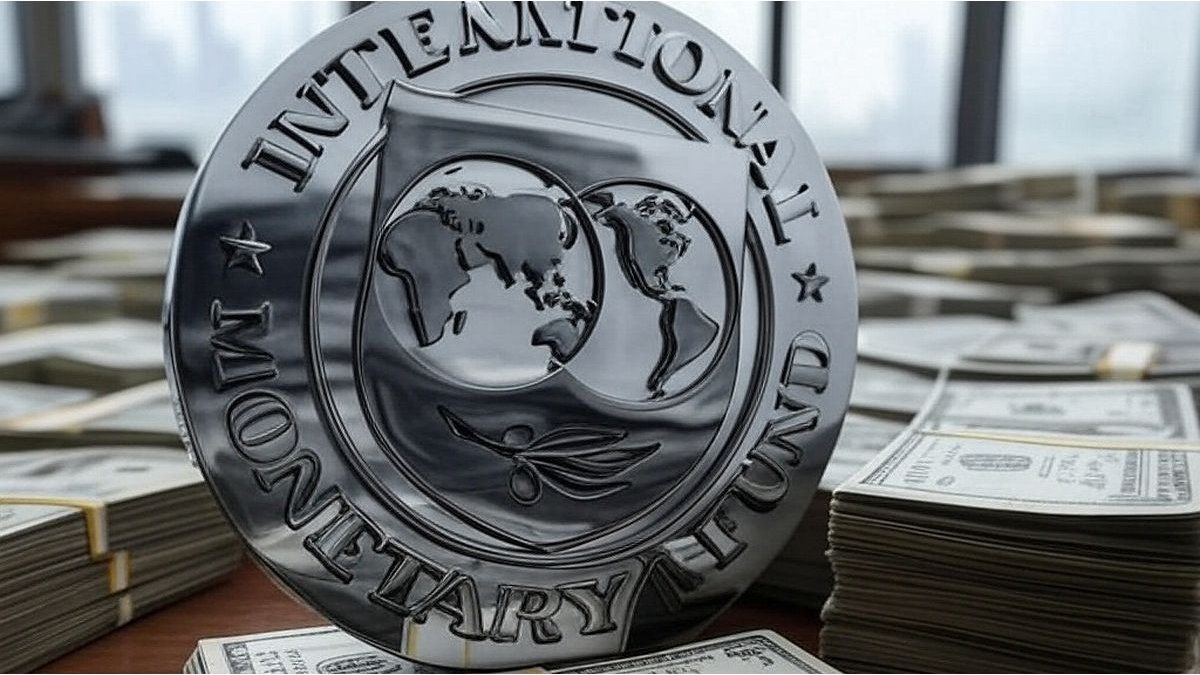The health of American banks is not the best, a mixture of problems derived from very lax regulations, a fall in American Treasury bonds, flexible accounting standards and a low level of supervision, forced the American State to take charge of repaying to depositors 100% of their credits with the banks, however, the monetary and political authority would not rescue shareholders as happened in 2008.
Returning deposits is not the same as rescuing companies, but its consequences are similar: no one will pay for making mistakes and moral hazard will be latent in the market.
In yesterday’s session, large banks showed drops in their prices, nobody wants to take over the regional banks and the American stock market would begin to suffer stress that was not on paper for the year 2023.
The Federal Reserve meeting on March 21 and 22 could allow a rate hike to pass, but be careful, at the next meeting, if inflation does not subside, it could raise interest rates again. This would not be the worst, a recession of severe characteristics could flatten the rate, but it would make the world economic system creak, with significant falls in stocks and raw materials.
Argentina could face a headwind that was not in the script for 2023. This aggravates the economic scenario, which is already worrisome with a drought of unknown dimensions.
Alberto Fernández is another president who does not see rain, the previous one was Fernando De la Rúa who went through a deep drought at the end of his term. Similar but different, the only thing they have in common is the crisis that lies ahead.
Argentina comes from a process of decapitalization due to the losses suffered during the pandemic and now the countryside is decapitalizing due to the drought it is going through. Nearly U$S 15,000 million were invested to sow, the destruction of capital could lead to a loss of U$S 9,000 million, which will have to be refinanced if the Argentine countryside is to sow again. Nobody wants to hear this, but if there is no financing there is no revenge.
As if this were not enough, livestock is going through a very complex scenario. Without grass in the meadows, the number of animals per hectare will decrease, which implies fewer animals to offer in the market, major losses for farmers due to lack of food. The poultry sector is going through an epidemic that will leave it with a significantly lower stock of animals, affecting domestic consumption and exports. The pork sector is a very low portion of domestic consumption, no one imagined that the dry season would affect cattle and the avian epidemic would leave less supply for meat consumption. Problems grow with no solution in sight.
The reserves of the Central Bank are below U$S 40,000 million, U$S 5,300 million will enter from the IMF, they will be in the form of little pieces of paper called SDRs, but automatically a payment of U$S 2,700 million must be triggered at the same IMF, with which the reserves will not exceed US$ 41,000 million. The liquid ones and the real ones will continue to be around US$ 4,000 million, with luck.
The government will remain short of reserves in the year 2023, instead it would be comfortable in pesos, Treasury bills pay an annual rate of 85.0%, an additional 10.0% of the fixed term rate, despite the great prize , people prefer the dollar that is rising to levels between $380 and $400 depending on the MEP or CCL.
Conclusion
With a headwind internationally and drought in the domestic market. It is clear that we do not have rain and that we can receive stones, the Argentine economy is in trouble.
Today in the afternoon we will know the inflation index, everything suggests that the Central Bank would not change the short-term rate. It’s a test very important for the market, since we will see what happens with the price of the alternative dollars.
The banking crisis in the United States wiped out the gains in the stock and bond market with a stroke of the pen, I am not telling you to buy today, but you have to start looking carefully at the prices of these financial assets, in the second half of March we will see prices very attractive to enter.
Source: Ambito
I am a 24-year-old writer and journalist who has been working in the news industry for the past two years. I write primarily about market news, so if you’re looking for insights into what’s going on in the stock market or economic indicators, you’ve come to the right place. I also dabble in writing articles on lifestyle trends and pop culture news.




